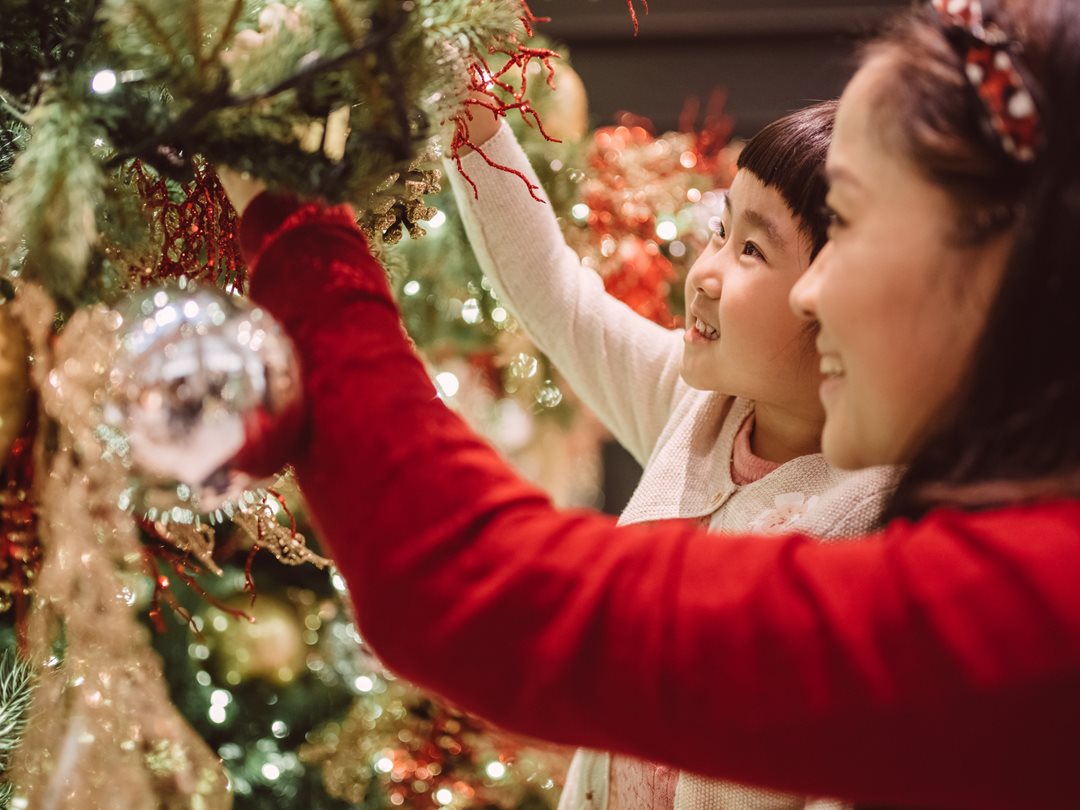Winter displays: Holiday safety starts with prevention | PEMCO
 Whether your ideal holiday tree is tall and stately, short and bushy, or comes pre-lit in a box, chances are one’s already in (or headed to) your living room. About three-fourths of American homes display a tree during December, with 83% choosing artificial trees, according to the American Christmas Tree Association’s 2025 survey.
Whether your ideal holiday tree is tall and stately, short and bushy, or comes pre-lit in a box, chances are one’s already in (or headed to) your living room. About three-fourths of American homes display a tree during December, with 83% choosing artificial trees, according to the American Christmas Tree Association’s 2025 survey.
No matter which type you prefer, remember: the best tree is a safe tree.
Natural vs. artificial
Whichever tree you choose, think long-term—reuse, recycle, and reduce risks.
- Natural trees: Contrary to popular belief, only a small number are cut from forests, and harvests are managed through permits in Washington and Oregon. Farm-grown trees help preserve farmland, clean the air, and provide wildlife habitat. They’re replanted sustainably and can be recycled into mulch instead of ending up in landfills.
- Artificial trees: While they carry an initial environmental cost (plastics and shipping), they balance out when reused for nine years or more. They’re a great option for travelers or those sensitive to fir and pine allergies.
Safety tips for natural trees
- Check freshness: Boughs should feel soft and shed few needles. Avoid trees with piles of dead needles or musty odors (a sign of mold).
- Pick the right species: Noble firs last longest and hold heavy ornaments well. Grand firs smell wonderful. Douglas firs are Northwest favorites.
- Transport safely: Tie down your tree securely. A loose tree on the road can cause a serious accident.
- Prevent leaks: Place a tray under the stand to catch water. Hidden leaks can cause mold damage to carpets and floors.
- Skip additives: Stick to plain water. Preservatives like bleach or fertilizer can harm pets.
- Prevent tip-overs: Use a ceiling hook and tether if you have curious kids or pets.
- Keep away from heat: Position your tree away from fireplaces, heaters, and vents.
- Dispose responsibly: Once dry, recycle your tree through local programs to prevent fire hazards.
Safety tips for artificial trees
- Invest in quality: A durable tree reduces waste and risk.
- Check fire safety labels: Look for “fire retardant” and UL-certified pre-lit trees.
- Anchor securely: Artificial trees are lighter and tip more easily—use a top tether.
- Store smart: Keep in a dry, covered space to avoid dust and mold buildup.
Safe lighting for any tree
- Choose LEDs: They burn cooler and save energy.
- Inspect cords: Replace lights with frayed wires, cracks, or outages.
- Follow limits: Don’t overload outlets or connect too many strings of lights.
- Unplug nightly: Always turn off lights before bed or leaving home.
Most holiday tree fires happen at night or when no one’s home. Unplugging is the simplest prevention step you can take.
Extra prevention tips
- Water daily: A hydrated tree is far less likely to ignite.
- Cut the trunk properly: Trim 2 inches off the base before placing in water to improve absorption.
- Avoid overloaded outlets: Plug lights directly into wall outlets, not stacked power strips to prevent electrical fires.
- Keep candles away: Use flameless LED candles instead of real ones near the tree.
- Mind the clock: Nearly half of Christmas tree fires occur between 3 p.m. and midnight.
- Maintain safe distance: Keep trees at least 3 feet from fireplaces, radiators, and space heaters.
- Have an extinguisher nearby: Keep a fire extinguisher accessible and review the instructions.
Menorahs and other holiday safety
Holiday celebrations often include candles, lights, and decorations beyond the tree. Keep these prevention tips in mind:
- Menorahs and other candle displays: Place on a stable, non-flammable surface away from curtains, paper, or decorations. Never leave candles unattended.
- Use sturdy holders: Make sure candles fit securely and won’t tip over.
- Keep matches and lighters out of reach: Store safely away from children.
- Consider electric alternatives: LED menorahs and decorative candles reduce fire risk while preserving tradition.
- Outdoor decorations: Use lights rated for outdoor use and keep cords clear of walkways to prevent trips.
- Inflatables and large displays: Anchor securely and keep away from heat sources.
Holiday peace of mind
Holiday decorations bring joy, but they also bring risks if not cared for properly. By choosing wisely, securing your tree, practicing candle safety, and unplugging lights, you’ll enjoy a festive season that’s merry, bright, and safe.
Get your quote
Share on social media